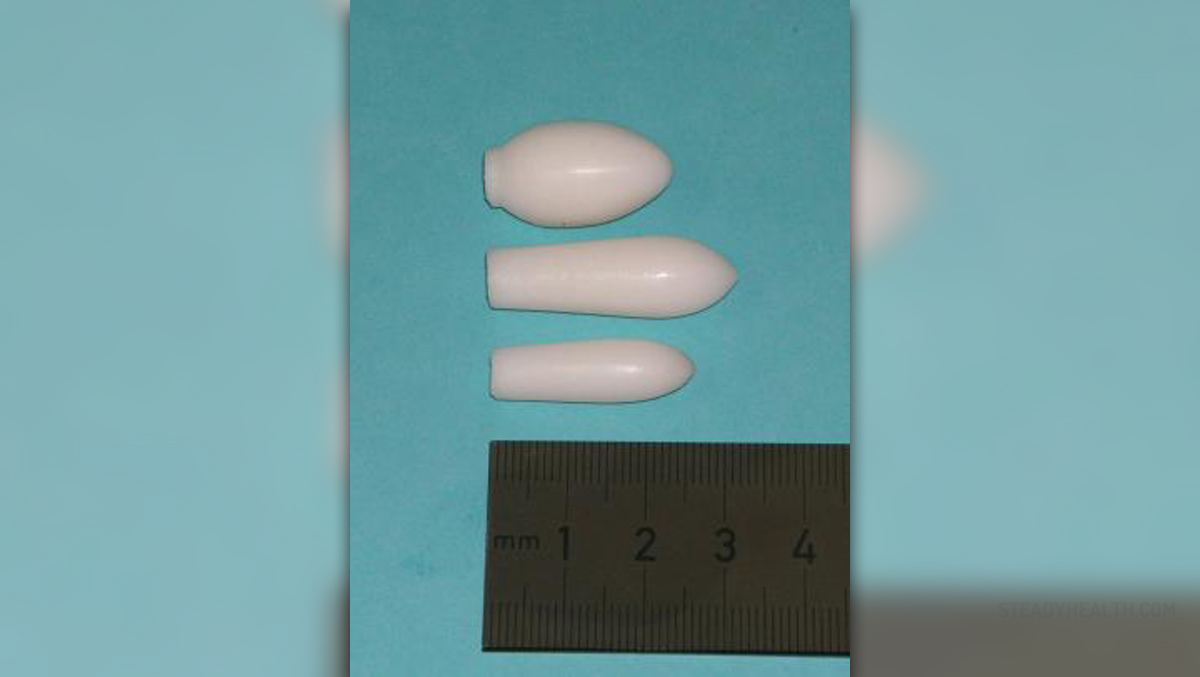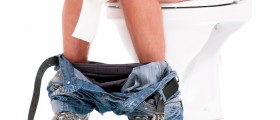
Constipation is a common problem that affects many people. Usually, it is solved through the use of laxatives, which may be in form of laxative foods and natural remedies, or medications. However, constipation sometimes occurs alongside other gastrointestinal problems, like inability to hold down food or anything ingested, so suppositories are the perfect solution for them.
When to use suppositories for constipation
In cases of severe constipation, doctors recommend laxatives, which are administered orally or externally. However, in cases when the patient cannot hold down anything ingested, when he or she vomits or has severe diarrhea, oral laxatives and oral constipation remedies are ineffective, because they get ejected before they start working.
Suppositories are often recommended because they are easily administered and they are very effective against constipation. Babies and toddlers who are not yet able to keep down oral medication in form of pills and tablets often need suppositories, which are usually made of glycerin. Suppositories, usually bisacodyl, are also recommended for pregnant women. Rectal suppositories are generally suitable for everyone who, for some reason, is not able to take oral medication.
How to use suppositories for constipation
The most popular brand names of suppositories, like Dulcolax, Correctol and Alophen, contain either glycerin or bisacodyl. After a suppository is placed, it releases these ingredients which contract the intestinal walls and stimulate bowel movement. their effect is very quick, sometimes almost instantaneous. Suppositories with bisacodyl come in 10 milligram dosage for adults and 5 milligram for children. Glycerin-based suppositories also come in different dosages.
Suppositories are shaped like little torpedoes. One end is blunt and the other is slightly pointed. The most common mistake that people make when using suppositories is to insert them the pointed end first, which is wrong. If it is inserted blunt end first, a suppository travels farther and it is more effective.
The best way to insert a suppository is lying down on the left side, with the left knee slightly bent. A suppository should be inserted about an inch deep into the rectum, which may cause a little discomfort, but it is not painful. Once it is inside, it melts and releases the medication. Suppositories should be managed and inserted while wearing disposable latex gloves. Bowel movement can be expected 15 to 60 minutes after inserting a suppository.
Rectal suppositories are meant for rectal use only, and they should never be taken orally. Also, constipation should be regulated by other means too, through proper diet and regular exercise. Using suppositories for several days in a row or too often is non recommended because it may disturb bowel movements and make constipation even worse.
Side effects of long-term use of suppositories includes electrolyte imbalance, dehydration, and low potassium levels.

















Your thoughts on this
Loading...